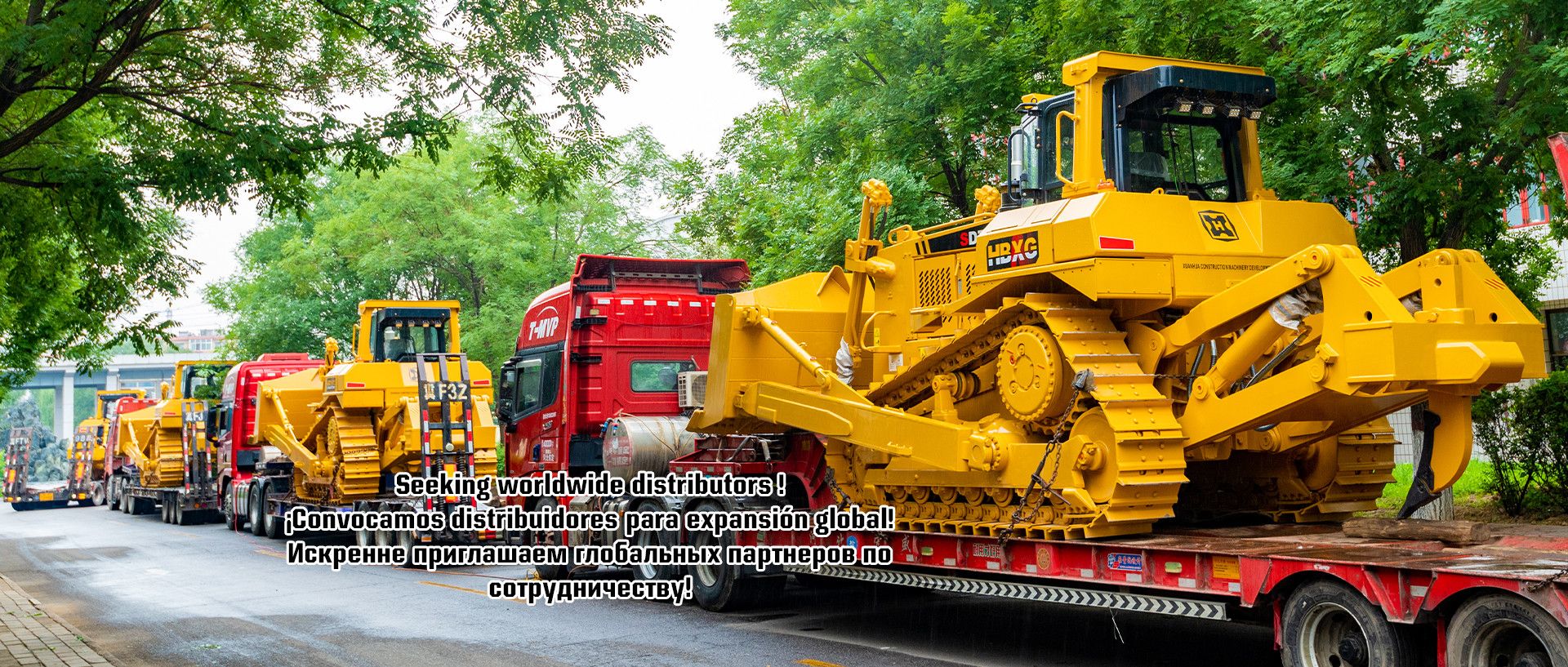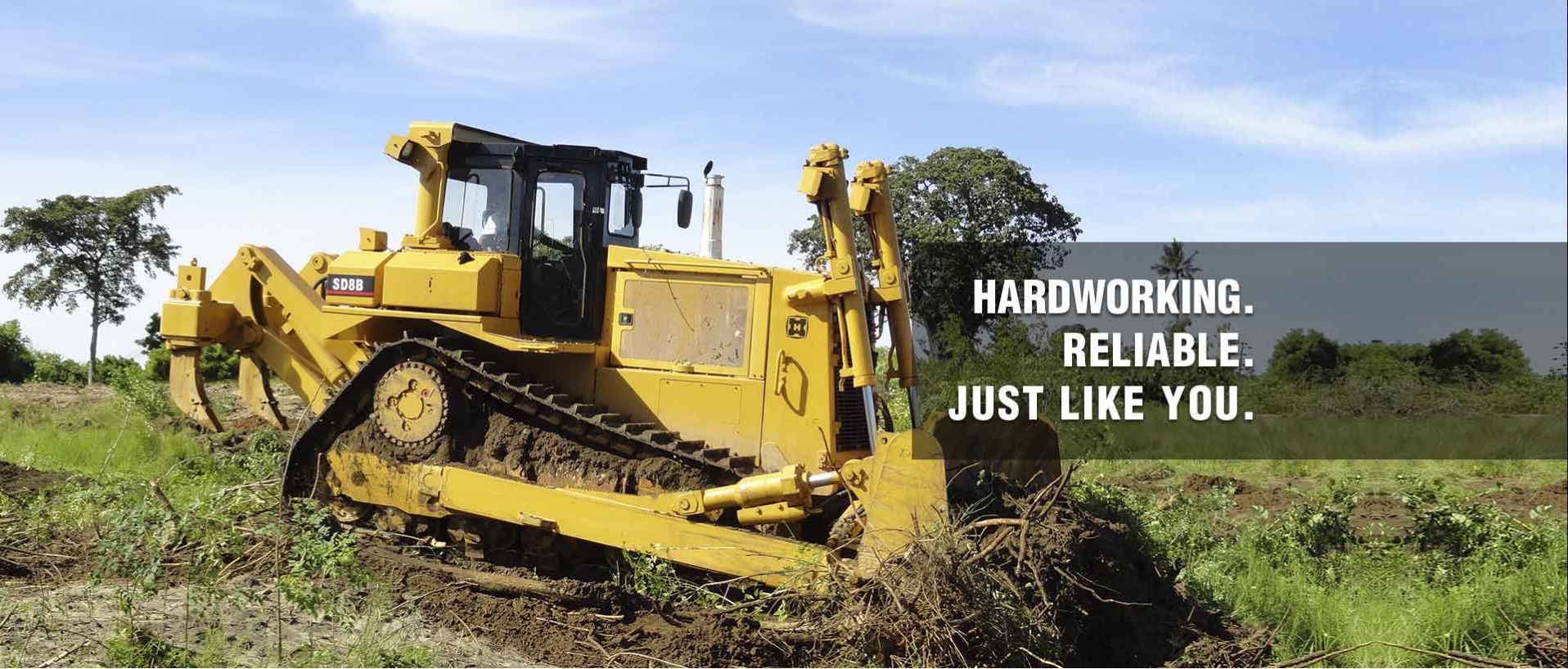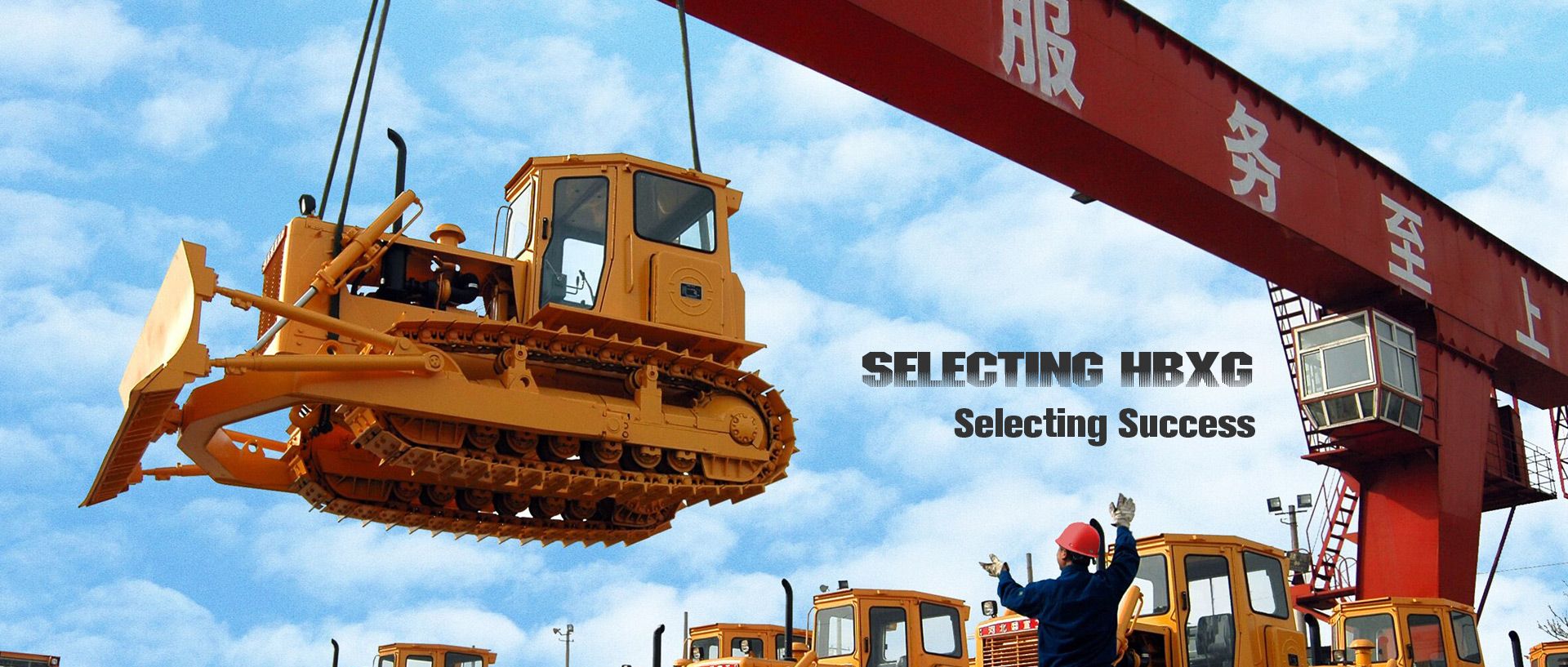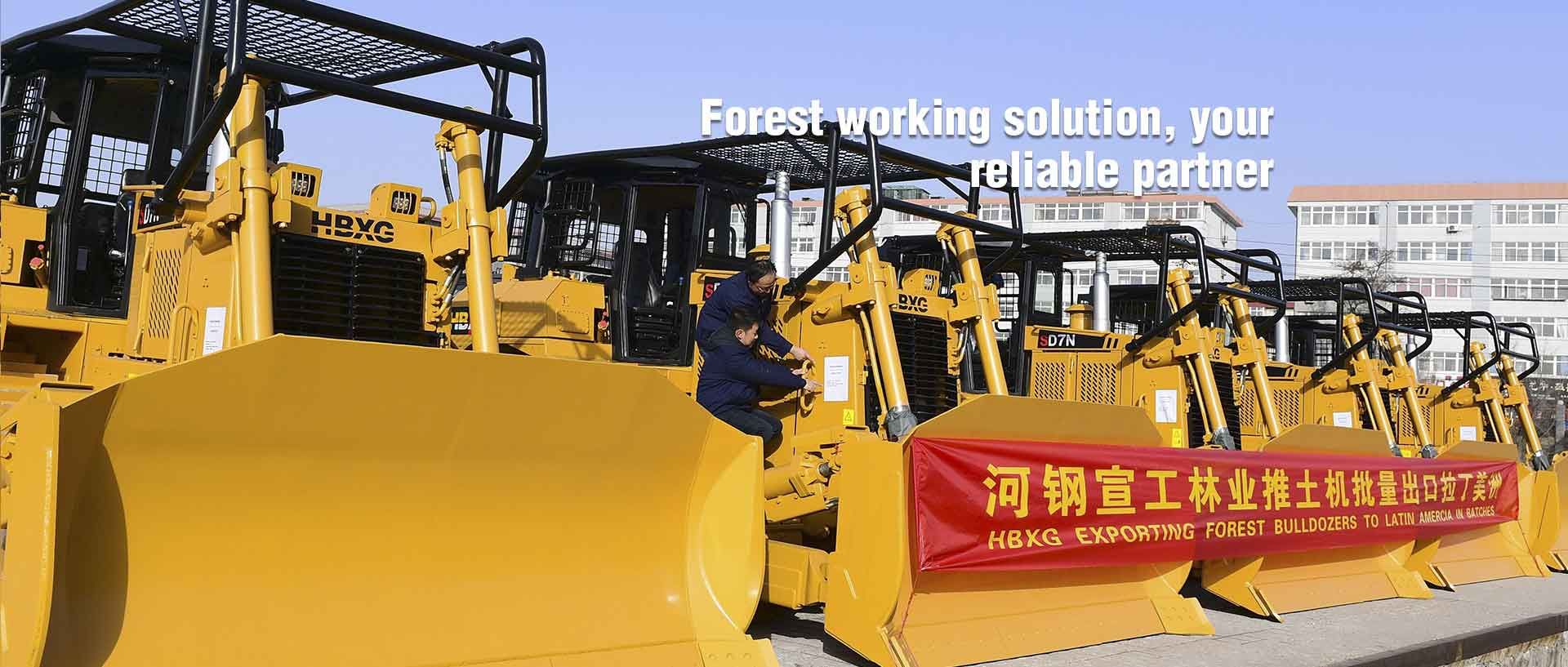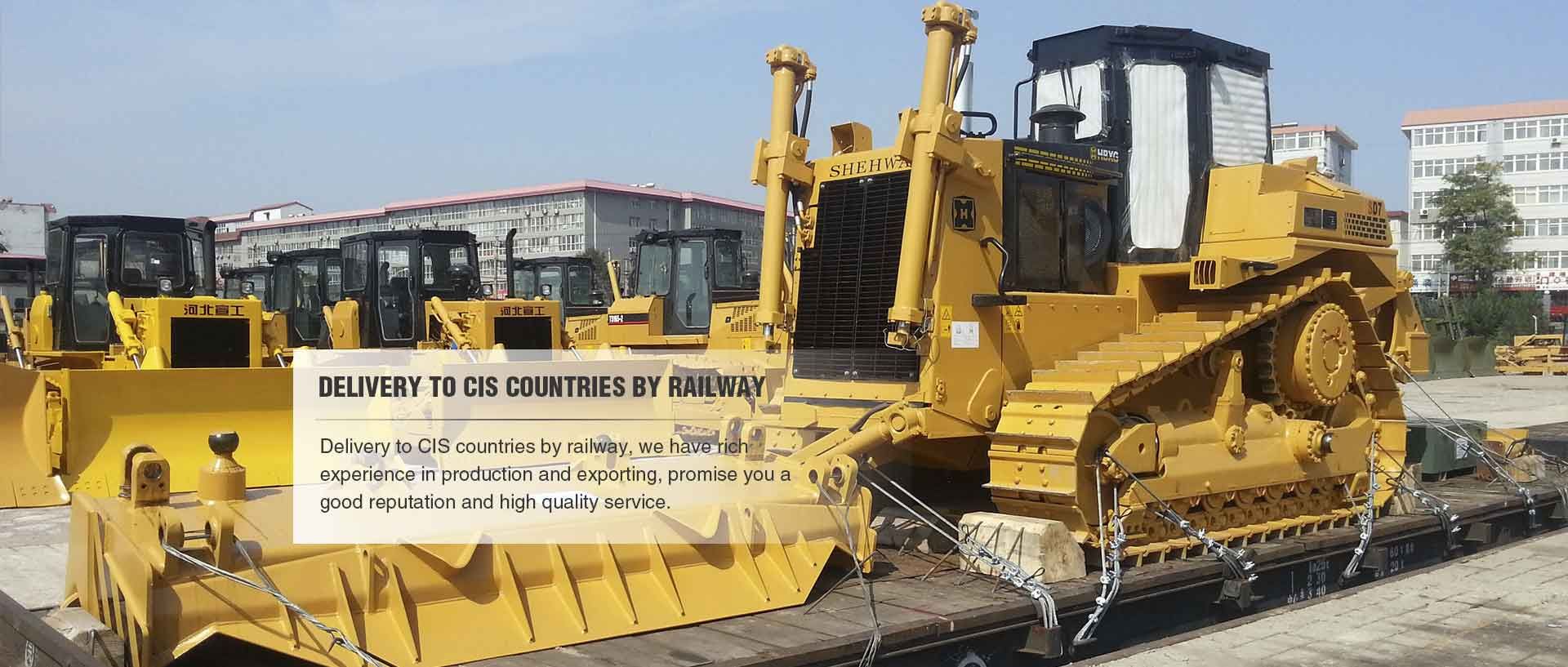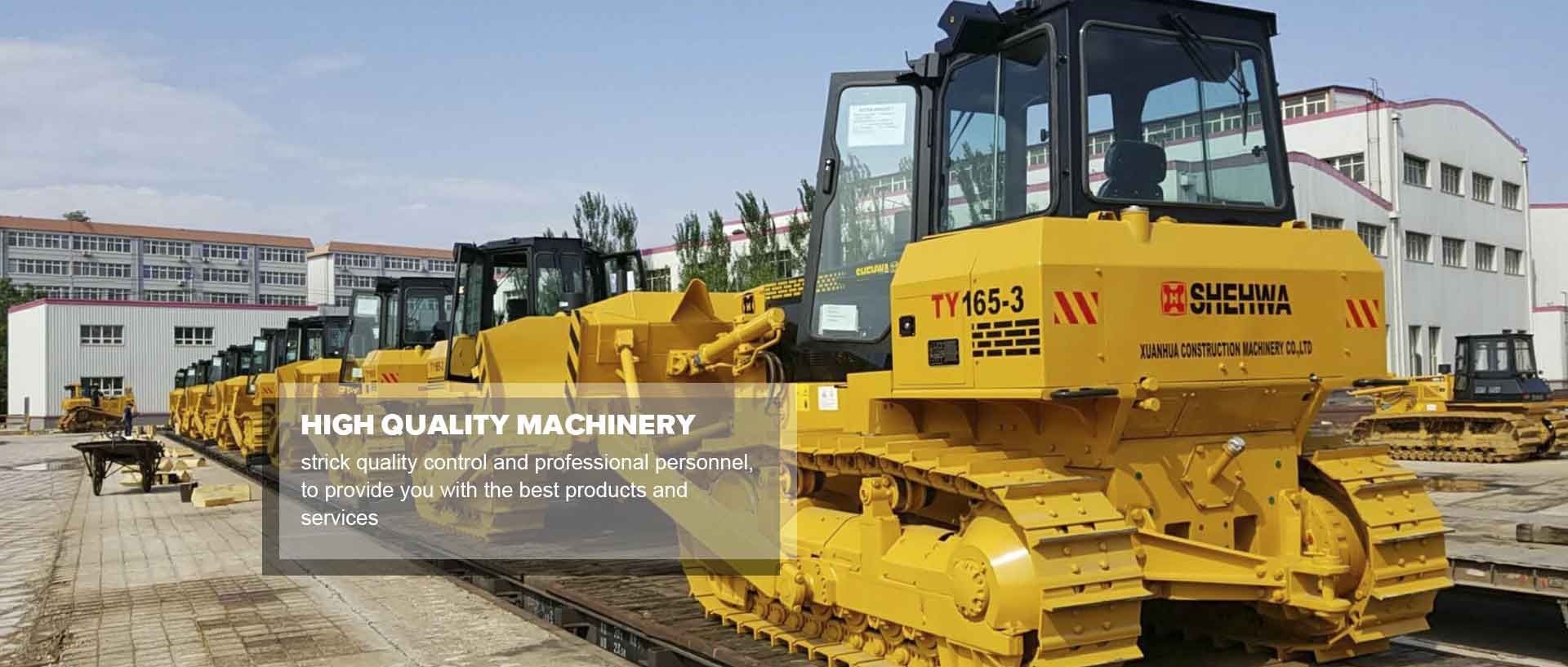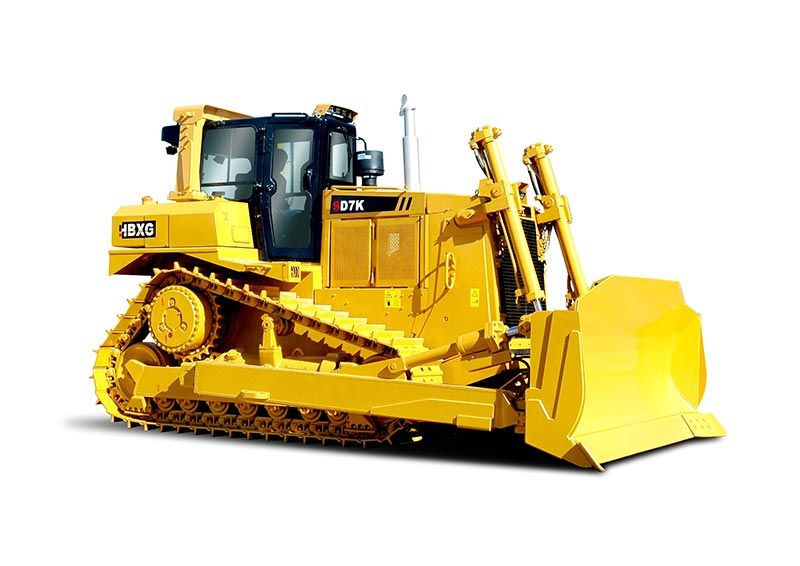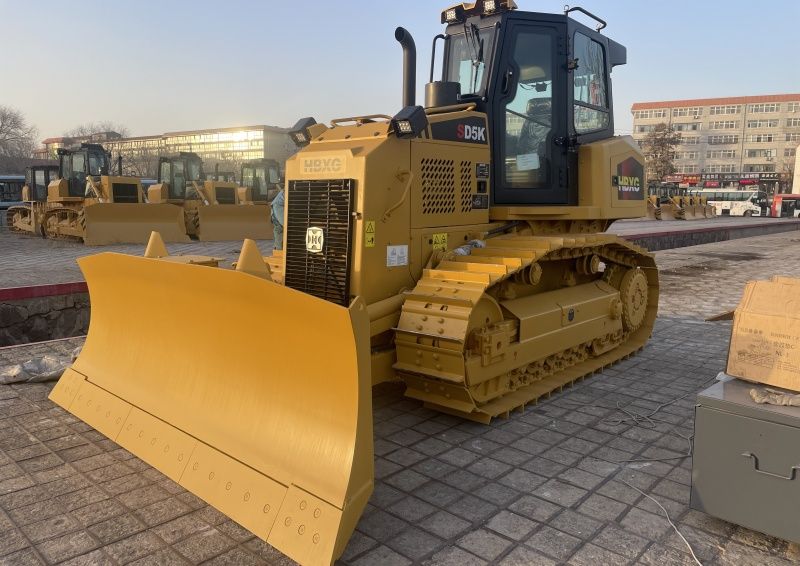Hydrostatic Dozer vs Powershift: Which Is Right for You?
 Nov. 06, 2024
Nov. 06, 2024
When it comes to heavy equipment, choosing the right type of transmission can significantly impact performance, efficiency, and operating ease. In the world of bulldozers, two primary transmission types dominate: hydrostatic and powershift. Each has unique advantages and limitations, making one better suited for specific applications over the other. In this article, we’ll compare hydrostatic and powershift dozers to help you make an informed choice.
Understanding Hydrostatic and Powershift Transmissions
Before diving into the pros and cons, it's essential to understand what hydrostatic and powershift transmissions are. Both types of transmissions are commonly used in heavy equipment like dozers, but they operate quite differently and serve distinct purposes.
Hydrostatic Transmission: In a hydrostatic dozer, power is transmitted using hydraulic fluid, which allows for variable speed control and smooth operation. The operator can change speeds without shifting gears, providing precise control over movement and direction.
Powershift Transmission: A powershift dozer uses a series of gears to control movement and speed. These gears are shifted automatically or manually, making it possible to handle heavy loads without losing momentum. Powershift transmissions are generally known for their strength and durability in challenging environments.
Key Differences Between Hydrostatic and Powershift Dozers
Understanding the differences between hydrostatic and powershift dozers can help operators select the right equipment for their specific needs. Here’s a breakdown of the key distinctions between these two transmission types:
1. Precision and Control
Hydrostatic dozers are known for their precision. Because they rely on hydraulic fluid for power transmission, they allow for seamless changes in speed and direction without the need to shift gears. This is ideal for tasks requiring fine control, such as grading or working in tight spaces where frequent adjustments are necessary. Operators can easily match their speed to the task at hand, reducing the risk of overworking the machine.
Powershift dozers, on the other hand, excel in applications where continuous power and momentum are necessary. While they may not offer the same level of precise control as hydrostatic dozers, they perform well in environments where steady power is more important than fine-tuned adjustments.
2. Efficiency and Fuel Consumption
Hydrostatic transmissions can be more fuel-efficient in applications that require frequent speed adjustments. Since they allow the operator to maintain a constant engine RPM while adjusting speed hydraulically, hydrostatic dozers can use less fuel in certain scenarios. However, if used improperly or for tasks requiring prolonged heavy pushing, hydrostatic transmissions can consume more fuel than powershift models due to the constant hydraulic pressure.
Powershift dozers typically perform well in heavy-duty applications, making them efficient for tasks that require pushing large volumes of material. The efficiency of a powershift dozer largely depends on the type of work being performed, and for high-load tasks, they may use less fuel overall compared to hydrostatic models.
3. Versatility and Adaptability
Hydrostatic dozers are highly versatile, offering smooth and responsive control in a variety of applications. They can easily adjust to changing ground conditions and are well-suited for grading, landscaping, and other precision tasks. Operators appreciate the adaptability of hydrostatic transmissions, especially in jobs where they must frequently change direction or speed.
Powershift dozers, while less adaptable in certain precise applications, are extremely effective in environments where consistency and power are required. They are particularly beneficial in rough terrains and for tasks like clearing large areas, mining, and forestry where robust pushing power is essential.
4. Maintenance and Durability
Hydrostatic dozers require more maintenance due to the complex hydraulic components. Regular servicing is essential to keep the hydraulic system functioning optimally, and repair costs can be higher due to the intricate design of the transmission. However, with proper maintenance, hydrostatic dozers can offer long-term reliability.
Powershift transmissions are known for their durability and can handle heavy loads with minimal wear. Their simpler design compared to hydrostatic systems makes them less costly to repair, and they generally require less frequent maintenance. This makes them ideal for heavy-duty, continuous-use applications.
5. Cost Considerations
Hydrostatic dozers often have a higher upfront cost due to their complex transmission system. They may also incur additional maintenance expenses over time. However, for operations requiring precision and adaptability, the investment can be worthwhile.
Powershift dozers are generally more affordable initially and tend to have lower ongoing maintenance costs. They offer good value for operations focused on heavy-duty work where precision is not the primary concern.
Choosing Between Hydrostatic and Powershift Dozers
When selecting between hydrostatic and powershift dozers, consider the type of work, operating environment, and budget. Hydrostatic dozers are excellent for tasks requiring precise control and frequent adjustments, such as grading and landscaping. They are highly efficient in applications where fine control and smooth transitions are essential.
Powershift dozers, on the other hand, are better suited for heavy-duty applications, such as clearing land or mining operations where consistent pushing power is critical. Their durability and lower maintenance requirements make them a cost-effective choice for high-power tasks.
Frequently Asked Questions About Hydrostatic vs. Powershift Dozers
Q: Which type of dozer is more fuel-efficient?
A: Hydrostatic dozers can be more fuel-efficient in tasks requiring frequent speed changes. However, for heavy pushing tasks, powershift dozers are typically more fuel-efficient due to their steady power delivery.
Q: Are hydrostatic dozers harder to maintain than powershift dozers?
A: Yes, hydrostatic dozers require more maintenance because of their hydraulic systems, which are complex and need regular servicing. Powershift dozers generally require less maintenance and are easier to repair.
Q: Can hydrostatic dozers handle heavy-duty work?
A: Hydrostatic dozers can handle moderate heavy-duty work but are best suited for applications needing precise control. For continuous, high-power tasks, a powershift dozer is more appropriate.
Conclusion
Both hydrostatic and powershift dozers offer distinct advantages and are suited to different applications. Hydrostatic dozers are ideal for tasks requiring precision and adaptability, making them a great choice for grading and landscaping. In contrast, powershift dozers excel in heavy-duty applications where durability, power, and consistent performance are required. Understanding the strengths of each transmission type will help you select the right equipment for your specific needs, ensuring efficiency and productivity on the job.
Contact us for more information about our HBXG Hydrostatic Dozer
Do you want to receive more information about Hydrostatic Dozer? Then we are happy to answer your questions. Fill in the contact form or send an email to https://www.hbxgdozer.com.















